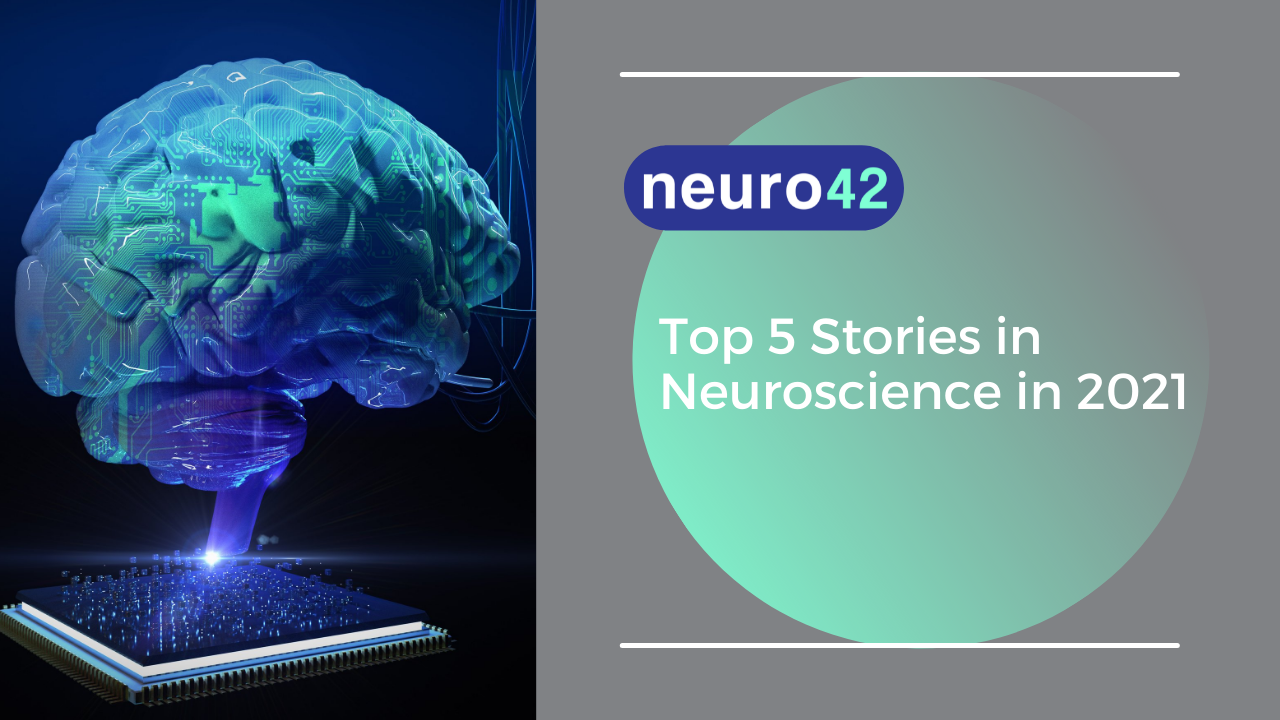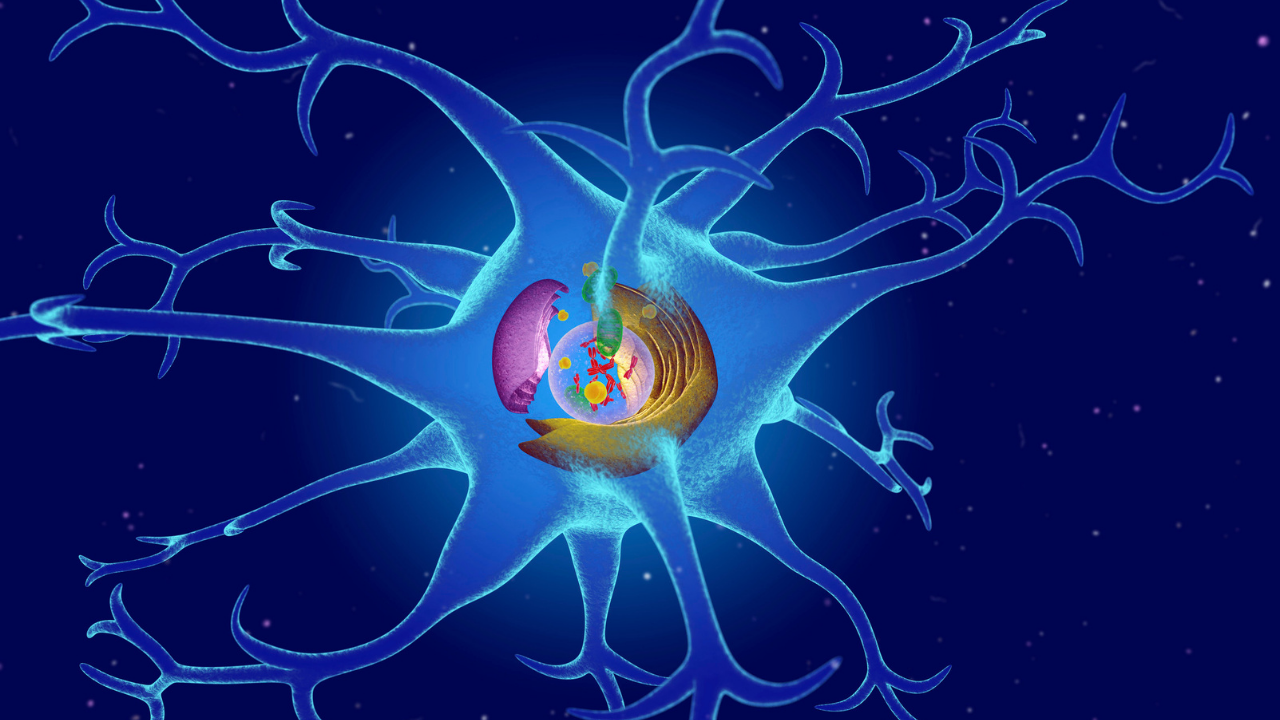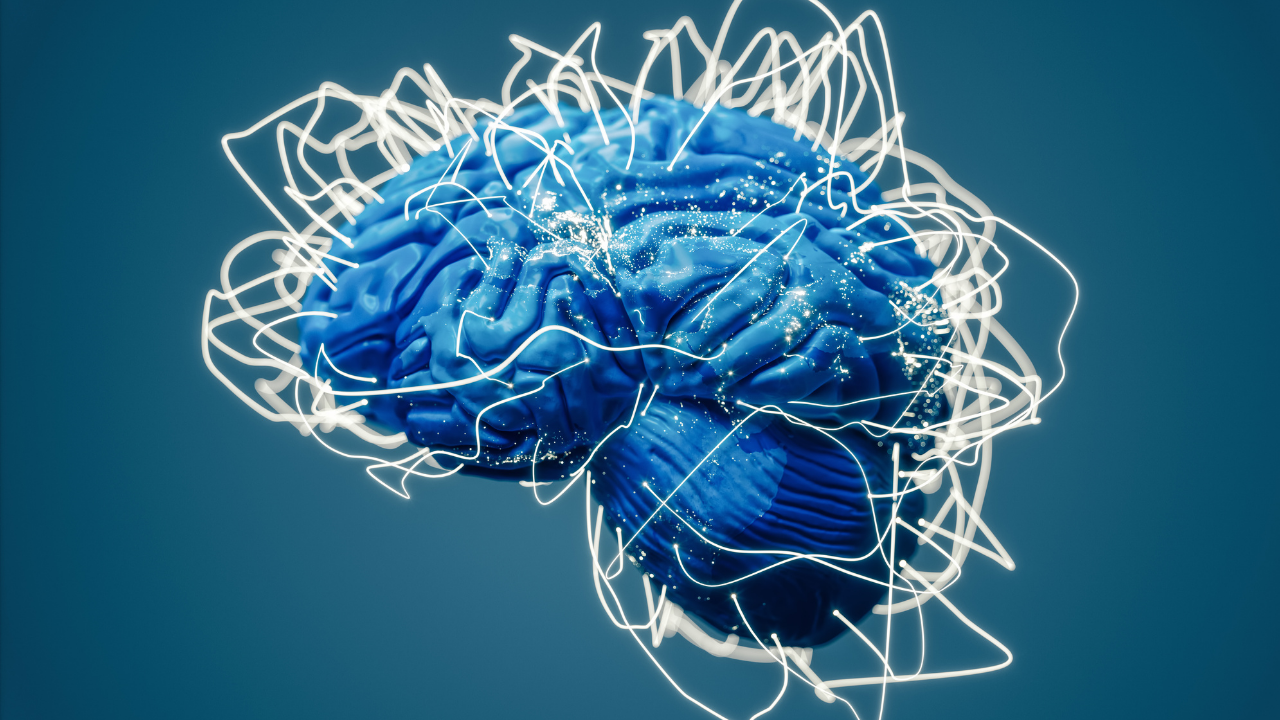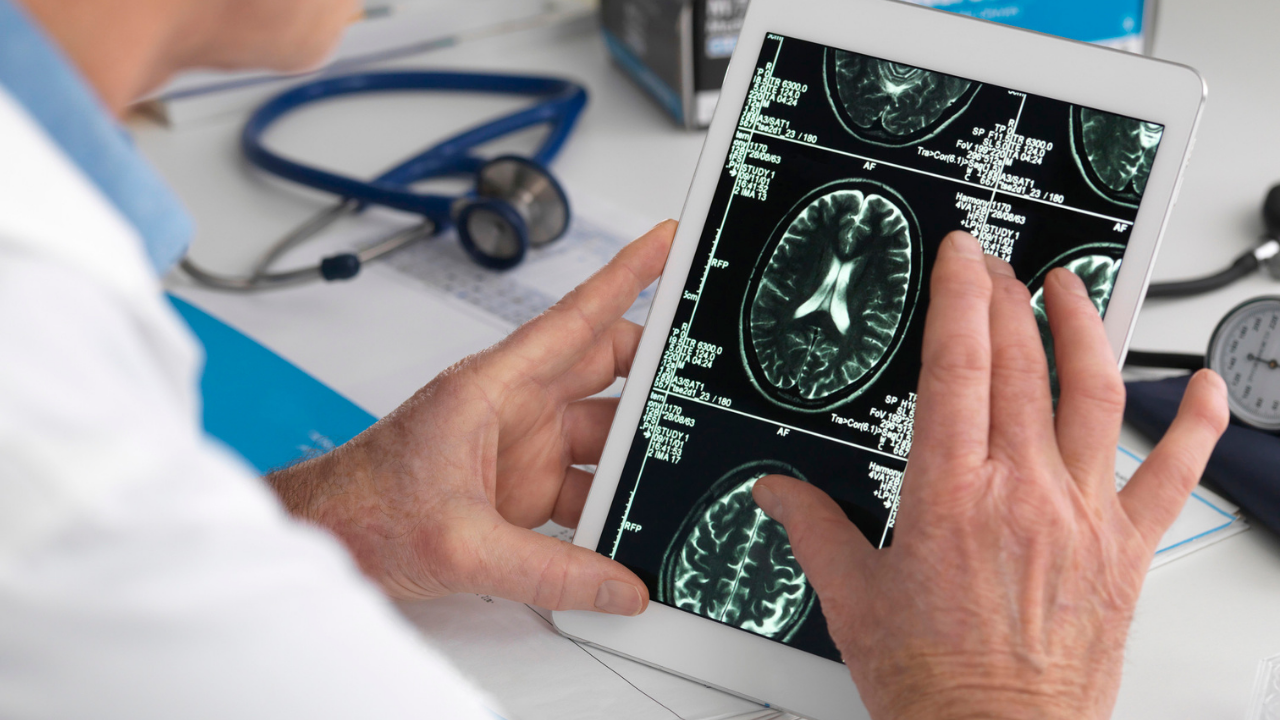Top 5 Stories in Neuroscience in 2021

For some of us, 1990 feels more like last week than last millennium. But for anyone involved in the field of neuroscience, 1990 was a landmark year, kicking off what was dubbed as the “Decade of the Brain.” Sponsored by the Library of Congress and the National Institute of Mental Health of the National Institutes of Health, the movement intended “to enhance public awareness of the benefits to be derived from brain research.” It worked marvelously, with the field of neuroscience gaining substantially more public interest and researchers churning out landmark discoveries.
In the years since, neuroscience research has continued to evolve, with each breakthrough more monumental than the last—and 2021 was no exception. Before we close the chapter on this year, we wanted to highlight five of the most important neuroscience stories from 2021.
Overactive mitochondria contribute mightily to brain cancer
If you’ve spent much time on our blog, you know what brain cancer research means to all of us at neuro42—so it makes sense that this would top our list of the biggest neuroscience stories of the year. According to researchers at Columbia University, overactive mitochondria are responsible for the additional energy that up to 20% of all glioblastomas need to survive.
That opens up an entirely new avenue for novel drugs, including several currently in clinical trials, that may effectively treat the aggressive form of brain cancer. But researchers also noted one drug currently available that inhibits mitochondria had an anti-tumor effect on human brain cancer cells with overactive mitochondria. For now, research on mitochondria-driven tumors continues, but this discovery holds tremendous promise for the future.

COVID-19 a “worsening actor” for patients with cognitive disorders
The COVID-19 virus has dominated news cycles for nearly two years now and impacted nearly every facet of life for people across the globe. That apparently includes patients with cognitive disorders. Data released earlier this year for the first time showed a definitive connection between COVID-19 and its ability to impair the functional capabilities of patients with cognitive disorders. In speaking on how COVID-19 puts these patients at a greater risk of premature mortality, prolonged hospitalization and persisting symptoms, the study’s lead researcher called the virus a “worsening actor” in their health.
Additionally, researchers said that patients with neurodegenerative diseases are more likely to have severe COVID cases and worse outcomes than those without similar conditions.
High-res pig brain maps could spur new discoveries in infant brain research
It’s simply not safe or realistic to conduct brain studies on human infants, but researchers may have the next best thing thanks to domestic pigs. Because the brain and gut development in pigs is so similar to that of human infants, the animal has become a stand-in for many trials. Scientists recently unveiled a new MRI-based map of the pig brain that increased its resolution by a factor of four over a prior version, giving researchers the most comprehensive view ever available.
Using human clinical equipment, the pigs were anesthetized and scanned via a state-of-the-art Siemens Prisma 3 T MRI scanner. In addition to obtaining new scans of 4-week-old pigs—an update on what was previously available—researchers also added scans of 12-week-old pigs.

FDA approves new test to detect Alzheimer’s earlier
Marwan Sabbagh, M.D., F.A.A.N., director of translational research at Cleveland Clinic Lou Ruvo Center for Brain Health, didn’t mince words when he talked to Prevention earlier this year about the challenges in diagnosing Alzheimer’s. “Doctors can be reluctant to make a diagnosis of Alzheimer’s because they don’t feel comfortable, given the false impression that it can be diagnosed only through an autopsy,” he said.
Now, a new test recently approved by the FDA could make that process a whole lot easier. As reported by Prevention, PrecivityAD is a new test that detects amyloid proteins in the blood. If the reported levels appear abnormal, additional testing or diagnostic scans could be used as a next step. Dr. Sabbagh relates it to a PSA test for prostate cancer or a hemoglobin A1C for diabetes that helps detect a disease and puts wheels in motion to address it.

Vaping increases risk of stroke over smoking in young people
Over the last decade or so, scores of smokers have made the transition from smoking traditional tobacco-filled cigarettes to e-cigarettes for what they thought were health reasons. Research has debunked many of those claims, citing an entirely new set of concerns, including one announced earlier this year on the risk of stroke. According to research reported by UPI, the median age of stroke victims for those who vaped was 48, while the median age for tobacco smokers was 59. In general, e-cigarette users have a 15% higher risk of stroke at a younger age, the report said.
"Children and young adults start using e-cigarettes and have a perception that they convey less risks of heart disease and stroke," Karen Furie, chair of the neurology department at Brown University's Warren Alpert Medical School, told UPI. "In fact, this study suggests that there may be a detrimental effect that increases risk of stroke."

What a year it was for neuroscience—and for neuro42. In July of this year, we closed a $6.5 million Series A financing round (now up to $7.8 million cumulatively), were named one of the Top 100 Healthcare Technology Companies of 2021 by The Healthcare Technology Report and brought our team together under one roof for the first time with a new permanent headquarters.
Here’s to a productive 2022 for neuro42 and the entire neuroscience industry!
